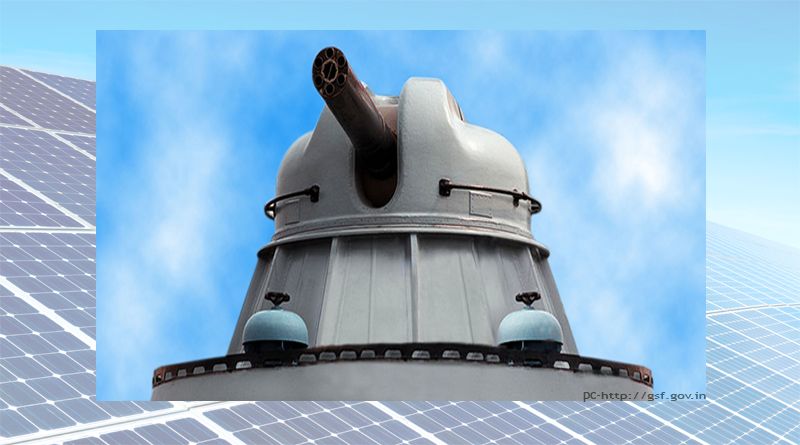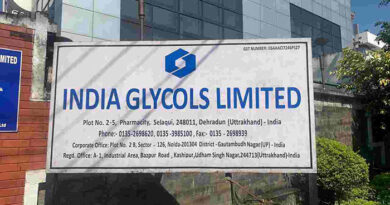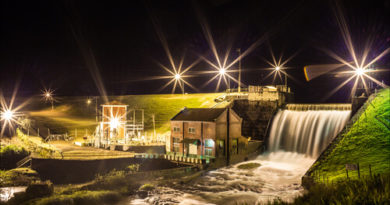Vikram Solar completes its maiden defence sector rooftop project

Domestic solar power major, Kolkata-headquartered Vikram Solar which offers integrated services has commissioned its first project for the defence sector. The 350KW rooftop solar power unit has been installed at Gun and Shell Factory (GSF) in Cossipore, Kolkata. GSF Cossipore is governed by the Ordnance Factories Board and the unit is known for manufacturing special equipments for the Indian Army. The company has installed over 1100 modules powering five buildings within the campus. On a cumulative basis, the modules are covering around 4200 square meter of rooftop space and are likely to save 430 metric tonnes of carbon dioxide emissions. “We felt responsible for the betterment of the environment and thus contributed to a sustainable future, wherein Vikram Solar has helped us in fulfilling this in a cost effective manner. Despite stringent procedures and safety rules for entering and working inside the GSF premises and restrictions on work timings, the project development was carried out smoothly and as per all quality and execution compliances,” a senior official of GSF commented.
Vikram Solar claims to has a PV module manufacturing capacity of around 1 GW and also provides EPC solutions has now built up a rooftop capacity of around 60 MW which also includes some projects which are currently under execution and will be commissioned soon. It has provided rooftop solutions to a host of government clients which include etc. But this project in the defence sector is a first for the company. “This is indeed a very prestigious project for us. Since we knew that there might be challenges inside GSF, we meticulously planned the operation keeping the guidelines in mind. Our strategic superiority, innovative technological approach, and cumulative experience led us to complete the project as per GSF compliances, upholding quality and performance commitment,” said Neha Agrawal, Head-Corporate Strategy & Rooftop Business, Vikram Solar.
Interestingly, challenges aside, the defense sector offers a massive opportunity for more renewable installations, thanks to the combination of vast land holdings controlled by the sector, as well as the off grid or difficult terrain that a lot of the defence installations lie in. Figures on fuel consumption to keep gensets running are obviously unavailable, but to take just two examples, the Andamans and Leh in Ladakh remain completely genset powered to this day. Tenders for solar installations in the Andamans have been floated recently by NLC.
![]() Published on: Mar 28, 2018
Published on: Mar 28, 2018




